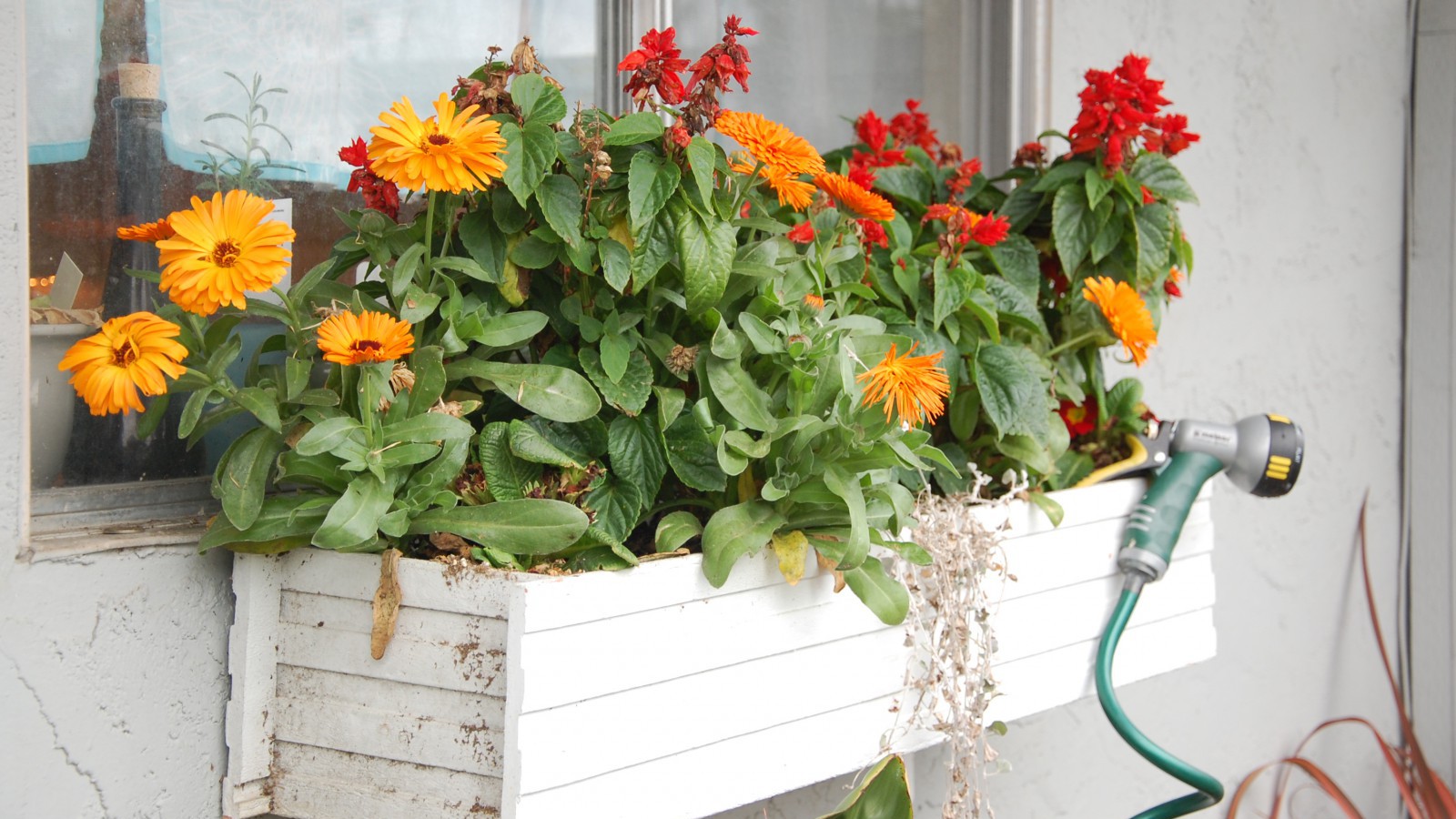Q. Dear Umbra,
I just watched a video promoting the use of polymer beads in a window box to reduce the need for frequent watering, but I question the wisdom of adding a foreign substance to soil. While these products are said to be inert, it sounds as if we are polluting our soil just to save a bit of effort. Can you reassure me?
Jan T.
London, Ont.
A. Dearest Jan,
One of these days, I’m going to petition the Society of Advanced Chemistry People to give me a degree based on all I’ve learned over the years answering questions such as this one. You might be surprised to hear how many complicated molecular shenanigans are at work behind our everyday tasks — growing plants in a window box most definitely included.
In researching your query (an act I will call Cross-Linked Hyperabsorbent Polymers 201 on my CV), I’ve discovered that I cannot reassure you about adding water beads to your window boxes. Here’s why.
The polymer beads, aka hydrogels, you mention — which also come in crystal form — are sold as garden soil additives because they’re super-duper absorbent (head over here for a scientific explanation of why, written by a very impressive 15-year-old). They’re not confined to agricultural uses, by the way: We apply such chemistries to everything from baby diapers to contacts. When you give your greenery a sprinkle from the watering can, these beads soak up to 500 times their weight in water, then gradually release it. The idea is that they save water overall, plus let you go on vacation for a few days without worrying about your plants drying out. Sound good so far?
Well, not so fast. Your instincts about adding synthetic doodads to the soil are right on, Jan. Many of these beads are made of a substance called polyacrylamide, which is considered nontoxic when intact. It’s also biodegradable, but that’s where we dig into some problems. You see, polyacrylamide is built from a bunch of molecules of acrylamide — and acrylamide is a known neurotoxin and probable carcinogen. Do these safer, longer-chain hydrogels break down into their nasty building blocks over time? We don’t know, exactly, but some experts caution that degrading polyacrylamides could pose a risk to the health of both aquatic critters and humans.
On top of that, the effectiveness of these soil beads is questionable. Research has found that sometimes they make little or no difference to plants; much depends on factors like soil minerals, the presence of fertilizers, and even the electrical charge between soil particles. So we’re dealing with a potentially hazardous substance, with long-term effects we don’t understand, that doesn’t necessarily work. All this adds up to a big old “Skip It” in my book.
Luckily, these beads aren’t the only option for adding some moisture to your plant collection, Jan. Time-tested and truly nontoxic methods include mulching, adding compost regularly, keeping those greenies out of the wind, and hiring a neighbor kid to come over and water when you’re out of town. You’re doing a wonderful thing for yourself and the planet by co-existing happily with greenery — no need to rely on the nefarious plastics industry to keep those plants well-watered and happy.
Turgidly,
Umbra


